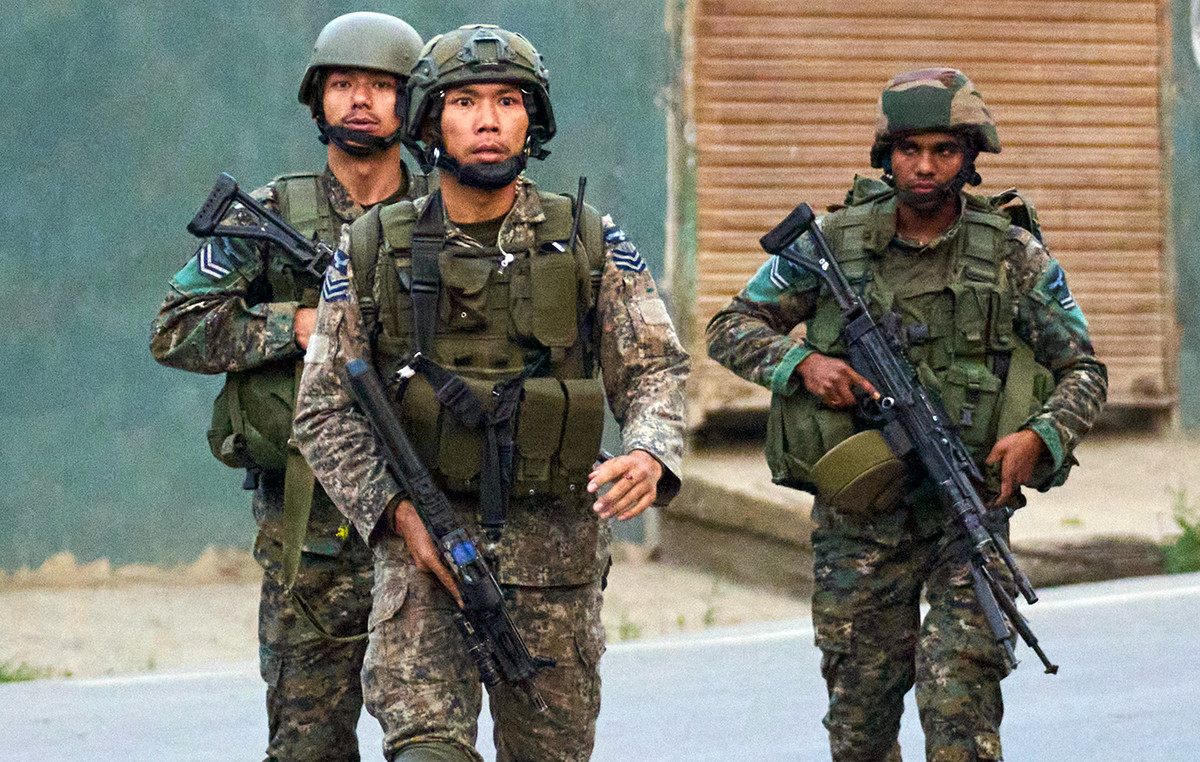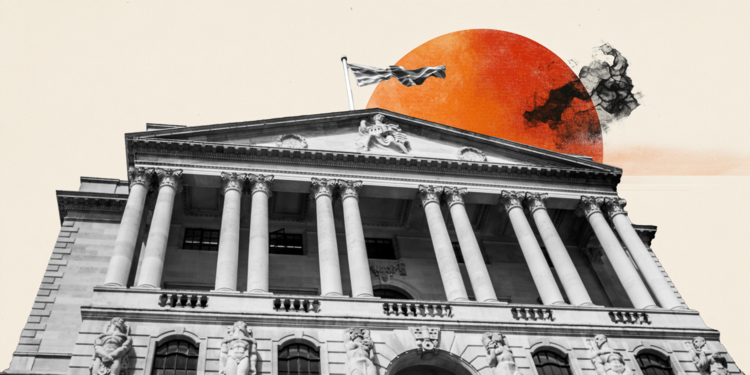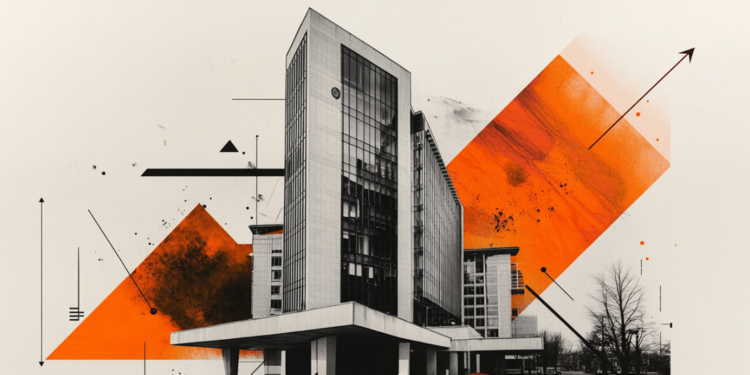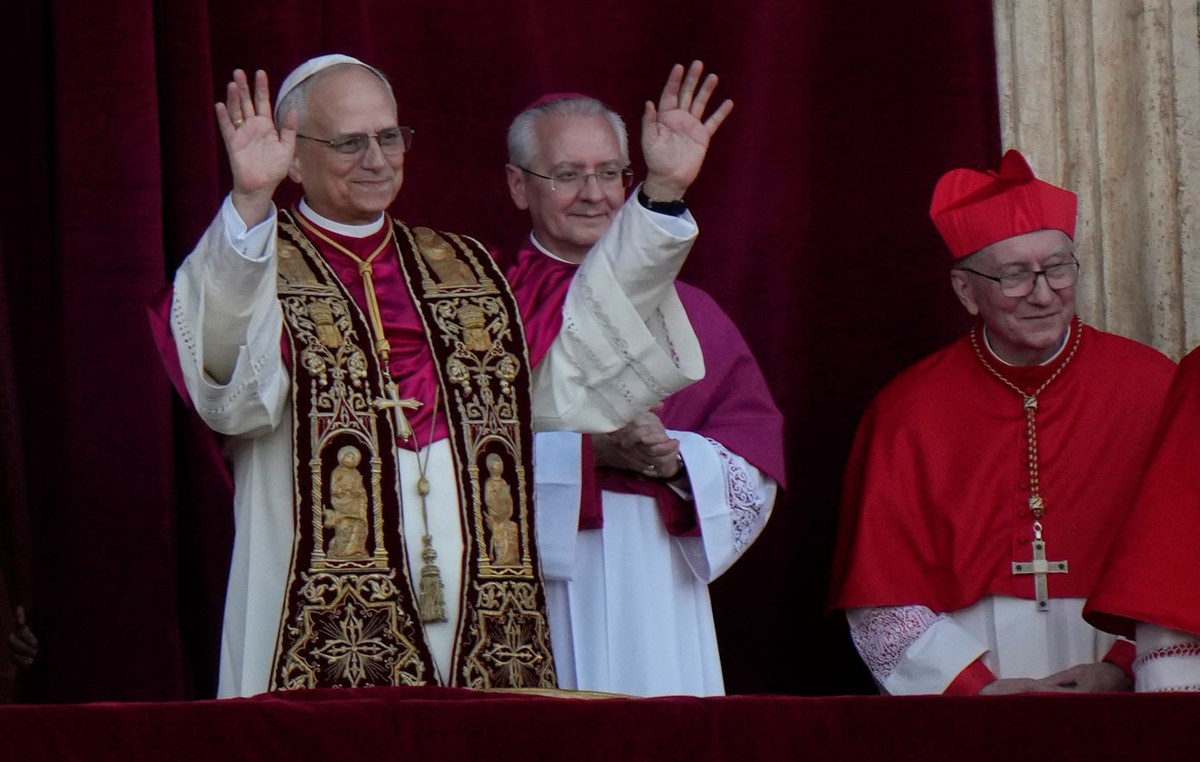President Xi Jinping completes, this Tuesday (15), ten years at the helm of the Chinese Communist Party (CPC) as general secretary, after replacing Hu Jintao 🇧🇷
On October 23, he was re-elected for his third term as the country’s most powerful post. Since 1993, the acting president of the caption has also been the president of China.
The office holder is still one of seven members of the Politburo Standing Committee, the CCP’s most powerful body, responsible for setting policy and appointing government officials. The Politburo is made up of 25 people, including the Standing Committee.
As early as 2017, five years after taking control of the CPC, the general secretary broke with the tradition of appointing a successor to the Standing Committee. For more than two decades there has been a new appointment during congress. Thus, it signaled plans to maintain firm control over all aspects of what is considered a triad of power in China: control over the party, the state and the military.
The decision was seen as a measure that would allow for a third term as head of state. At the same time, he would retain control of the party – where the real power lies. Even if there is no term limit on the general secretary, Xi’s tenure would break the informal age limit for the party’s top job.
Currently, Xi is facing a series of tensions, such as the reactions of the country’s inhabitants in the face of Covid Zero. The country’s government adheres to the policy of confronting the coronavirus with total or partial blockades and repeated tests. In October, more than 300 million people were affected.
See below what has changed in China under Xi
- Perceptions of China in the West and US allies worsened
US-China relations have deteriorated sharply in recent years, a decline that has accelerated under former US President Donald Trump’s aggressive attitude towards Beijing. But Western perceptions have also been heightened by human rights concerns, as well as China’s growing aggression towards Taiwan.
- Xi’s campaign against corruption
Upon taking office, Xi launched a signature campaign to root out corruption within the Communist Party, which has proved popular with the public and which several analysts say has also been a useful tool for weeding out political opponents.
- The domestication of once undisciplined borders
The regions of Tibet, Xinjiang and Hong Kong, all far from Beijing, have long created headaches for China’s Communist Party. Xi has launched unprecedented and sweeping security crackdowns that have brought the borders under control. In Xinjiang, this included the internment of around one million minority Muslim Uighurs in camps; in Hong Kong, Beijing responded to large anti-government protests in 2019 with a sweeping national security law.
- Raising tension in Taiwan
Every Chinese leader since Mao has stressed the importance of “reunifying” China with the autonomous island of Taiwan. But tensions in the Taiwan Strait have risen sharply under Xi, with the People’s Liberation Army increasing its activity around the island in recent years, from military exercises to an increase in incursions into the island’s air defense identification zone. The August visit to Taipei by US House Speaker Nancy Pelosi sparked Chinese military drills on an unprecedented scale.
- The state is increasingly assuming economic leadership
Xi has increased state control and guidance of the economy, including a broad crackdown on freer sectors of the private sector, especially online platforms and for-profit education. The crackdown on these sectors, as well as the impact of ongoing Covid-19 restrictions, have increased urban unemployment and reduced consumer confidence.
- growth slowdown
The era of double-digit annual growth ended before Xi took office, and the growth rate has been slowing, which was inevitable as the size of the economy grew. A growing number of analysts are warning that China’s heavy, infrastructure-oriented investment model is increasingly unsustainable, with more downturns to come.
- The nullification of dissent, the expansion of censorship
Xi has clamped down on domestic criticism and protests, eliminating space for dissent, as censorship inside China’s “Great Firewall” steadily intensifies. 8. World’s Largest Army Grows, Modernizes The People’s Liberation Army, led by Xi, has been closing the gap with the United States, including on the high seas, with major implications for tensions around Taiwan as the China increases its capacity to seize the island in what some US officials warn is a shortened timeline.
- China leads in green technology – and pollution
As China struggles to end its reliance on coal, it has become a global leader in electric vehicle manufacturing and has won plaudits for its pledge to achieve carbon neutrality by 2060. Most noticeably, China’s air quality has steadily improved over the past year. decade.
- Extreme poverty eliminated, inequality persists
Xi describes eliminating extreme poverty in China as one of the main achievements of the Communist Party over the past decade. Inequality, however, has proven to be a tougher challenge – especially the gap between urban and rural incomes – something that Xi is trying to tackle with his “common prosperity” policy. China’s official Gini coefficient figures show that, despite a slight decline in recent years, it still has one of the widest income inequalities among major economies, alongside the United States.
*With information from Reuters
(Posted by Marina Toledo)
Source: CNN Brasil
Bruce Belcher is a seasoned author with over 5 years of experience in world news. He writes for online news websites and provides in-depth analysis on the world stock market. Bruce is known for his insightful perspectives and commitment to keeping the public informed.







